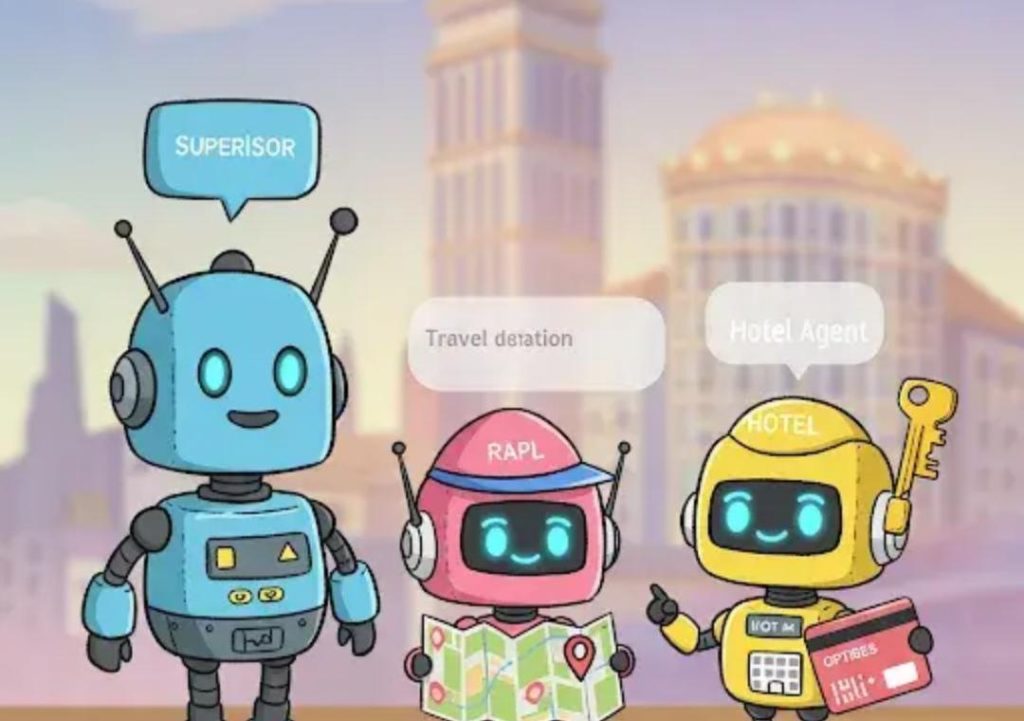
Multi-agent collaboration mimics real team dynamics
In today’s fast-paced digital age, artificial intelligence (AI) has become an integral part of various industries, from healthcare to finance. One of the most significant advancements in AI is the development of multi-agent systems, which enable multiple AI agents to work together, specialising in different tasks, communicating effectively, and collaborating seamlessly. This innovative approach not only mimics human teamwork but also offers unmatched speed and scale.
In traditional single-agent systems, a single AI agent is responsible for executing a specific task or set of tasks. While this approach can be effective for simple tasks, it becomes limiting when dealing with complex, multi-faceted problems. In contrast, multi-agent systems empower multiple agents to work together, leveraging their unique strengths and expertise to achieve a common goal.
How multi-agent systems work
In a multi-agent system, each agent is designed to specialize in a specific task or set of tasks. These tasks can be divided into three primary categories:
- Research: Agents can be tasked with researching and gathering relevant data, processing large amounts of information, and identifying patterns and trends.
- Validation: Agents can validate the accuracy and reliability of the data gathered, ensuring that the information is correct and relevant.
- Reporting: Agents can generate reports, summaries, and recommendations based on the validated data, providing insights and decision-making support.
Each agent is designed to communicate effectively with other agents, sharing information and collaborating to achieve common goals. This modular setup allows agents to work together seamlessly, creating digital workflows that mirror human teamwork.
Benefits of multi-agent collaboration
The benefits of multi-agent collaboration are numerous and far-reaching. Some of the most significant advantages include:
- Improved accuracy: By leveraging the strengths of multiple agents, multi-agent systems can achieve higher accuracy rates, reducing errors and improving overall performance.
- Increased efficiency: Agents can work simultaneously, processing large amounts of data and generating reports in a fraction of the time it would take a single agent.
- Enhanced decision-making: Multi-agent systems provide decision-makers with a broader range of insights, recommendations, and support, enabling more informed decision-making.
- Scalability: Multi-agent systems can easily scale up or down, making them ideal for applications where data volumes and complexity fluctuate.
- Flexibility: Agents can be easily reconfigured and redeployed, adapting to changing requirements and priorities.
Real-world applications
Multi-agent collaboration is not limited to theoretical concepts; it has numerous real-world applications across various industries. Some examples include:
- Healthcare: Multi-agent systems can analyze patient data, diagnose medical conditions, and provide personalized treatment recommendations.
- Finance: Agents can analyze market trends, detect fraudulent activity, and generate investment recommendations.
- Supply chain management: Agents can optimize logistics, manage inventory, and predict demand patterns.
- Environmental monitoring: Agents can monitor and analyze environmental data, detecting changes and predicting future trends.
Conclusion
Multi-agent collaboration mimics real team dynamics, empowering AI agents to work together, specialising in different tasks, communicating effectively, and collaborating seamlessly. This innovative approach offers unmatched speed and scale, allowing organizations to achieve greater accuracy, efficiency, and decision-making. As AI continues to evolve, it’s essential to recognize the power of multi-agent collaboration and its potential to revolutionize various industries.



